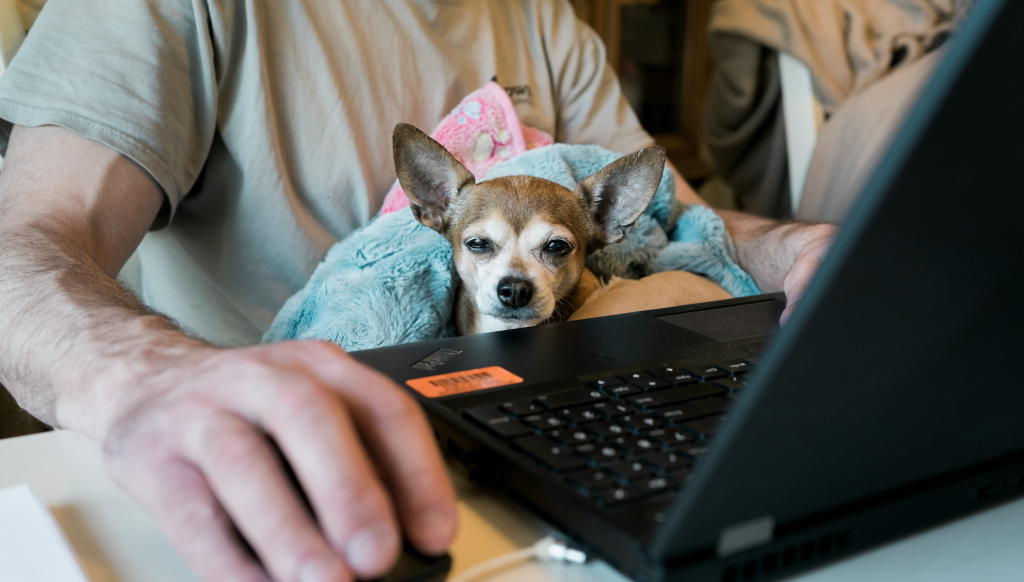Broadcasting from home has become a reality for professionals around the world. A year ago, it was something broadcasters rarely attempted, and now it is a daily scenario.
Working from home promotes a 24/7 approach to work-life, as our homes are now our on-air, live stations and it becomes more difficult to create a barrier between work and home life. For producers or radio hosts who are now broadcasting from home or any member of the radio and podcast communities who are now creating their output from their homes, mental health awareness is essential for ensuring optimal proactivity and positivity in this period.
Here are 5 tips to take care of your mental health while you are working from home:
Develop a Routine
Common rituals maintain a sense of structure and normality, and this is essential while working from home. Broadcasting a show for many provides the structure to their day which is needed but around. While working hours vary from person to person, you should develop a routine which is appropriate for your work or broadcast schedule. For example: Participate in a certain exercise or activity, have breakfast and then start working.
Setting ‘certain’ activities ensures that you have something to look forward to in a day which can be dictated by being on-air in more ways than in was in a studio environment (It’s easy to leave the studio while it’s not so easy to leave your living room studio).
Set Boundaries
Have a designated work space, avoiding bedrooms. If you are broadcasting live from home, then try to set up your studio in a separate space, so that you can differentiate work zones from home-living zones. If space is limited at least have a way to cover up your mic etc so it’s not a constant reminder of work.
Commit to specific working hours. It is so easy to work 24/7 when you are working from home, however in order to maintain an efficient and healthy mindset, set specific hours that you spend in your work space, just as you would if you were going to an office or studio.
Voxnest also writes in their guide to Mental Health at work that you should… “avoid starting the day while you’re still in bed or having breakfast. It is essential to separate the different rituals during the day. Try to organise your habits as if you were still leaving for work.”
Stay Connected
To avoid feeling a sense of loneliness or isolation, organise calls and times online with friends and family during a work break. In broadcasting even though a connection to the team and the audience is ever present it’s important to have social interactions outside of work. This will keep you connected and maintain positive relationships. Talk to others about the challenges or wins you experience working from home – you would be surprised how much we all have in common!
Digital Detox
Similar to setting boundaries, set specific times in which you switch off media devices. Try to turn off blue light screens and devices an hour before sleeping to ensure a deeper night’s sleep. If you work in news broadcasting you will have to be connected most of the time, so we encourage you to set certain periods in which you do not look at your screens. At first it may be difficult, but it will be beneficial overtime to develop this habit.
Fresh Air and Sunshine
Going for walks (if lockdown allows), sitting on a terrace or at least opening a window can make a difference. Fresh air and sunshine are the antidote to feeling down, and we highly recommend including this in your daily routine. This is also a great opportunity to move away from you work space and focus on a different task like reading, eating or meditating.
Furthermore, there are some great resources available at the moment. Check out the #60SecondSupport series on kmfm that provides daily tips and advice on supporting mental health.
While it is always important to support your mental health, it is crucial in these uncertain times to take extra steps for self-care. We hope you find these tips useful and are able to incorporate some, or all, of these methods into your broadcasting from home routine.



